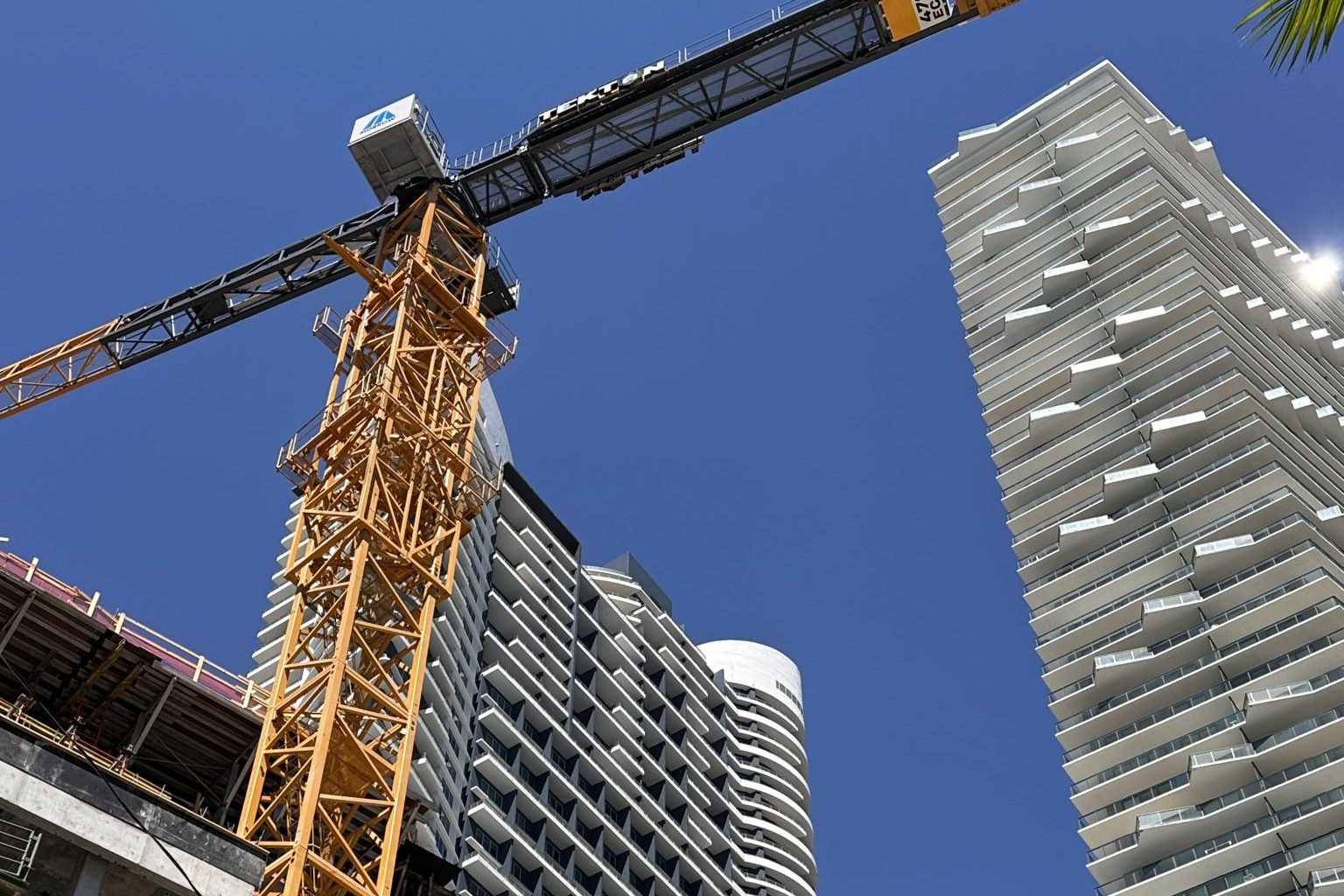While rising interest rates have slackened demand for older homes, the market for newly-constructed “spec” homes is still hot. But most traditional mortgage banks don’t take on loans on homes that haven’t been built yet. To build a home from the ground up, you’ll probably need a construction loan.
On spec homes, construction loans are short-term loans – typically from 12 to 18 months – designed to finance building costs. At the end of the term, the builder either sells the home and pays the loan off with the proceeds or refinances to a more permanent loan.
If you have some construction know-how, you can act as your own builder, rather than hire an outside general contractor. These are called self-build projects. And the savings can be significant.
But many first-time builders have a tough time finding a lender willing to finance them. Most lenders in this space concentrate on established builders. If this is your first time as a builder, acting as your own general contractor, you’re in luck: We have several lenders willing to take on brand new builders.
Once you have a few projects under your belt as a builder, you’ll have more lending options. Lenders will begin to consider you a proven entity. You’ll qualify for better terms. But every builder has to start somewhere. Many builders have gotten their start with a construction loan program specifically designed for first-time homebuilders.
“Spec” vs. custom homebuilding
Building a “spec” home is very different from building a custom home for a customer. With a custom home, the customer typically takes care of all the financing. They’ll get a mortgage designed to cover the home construction costs. The general contractor works with the customer to make sure the loan goes through so they can get the job. But in the custom market, the end customer drives the financing process.
With a “spec” home, on the other hand, it’s all up to the builder. The customer doesn’t exist yet. The spec builder is building the home in the expectation that there will be a buyer for the property when construction is complete.
Building a spec home can be a great way for flippers to get their feet wet doing a “ground up” construction project while avoiding the crazy competitive world of acquiring existing properties to flip.
It’s also a great way for startup homebuilder companies to get off the ground.
Getting financed as a first-time builder
If this is your first time building a home from the ground up, it can be tough to find financing. Even companies that specialize in construction lending often look for a seasoned general contractor or construction manager to oversee the process.
Fortunately, there are lenders out there willing to work with first-time builders looking to make their vision a reality.
You can get a construction loan to build a home even if you are serving as your own general contractor, and even if you have no experience as a builder yourself.
What construction financing is available for first-timers?
For residential properties, first-time builders can typically qualify for a construction loan from $100,000 up to about $3 million. Larger loans are more realistic for builders with more experience.
Terms on construction loans are typically 12 to 18 months, and extensions are an option.
Lenders will consider new construction loans up to 85% loan-to-cost, or 75% loan-to-value.
Financing is available to build single-family homes, 2–4-unit properties, and townhouses.
Even as a first-time spec builder, you can choose to make interest payments even as you build – thus reducing your overall costs of capital – or you can choose an interest reserve loan. With these, interest accrues during the building period, but payments aren’t due until construction is complete, or at the end of the term.
This last approach maximizes cash flow. You don’t have to make payments while the property isn’t generating any income. But you’ll pay more in total interest, all other things being equal.
Personal credit
For first-timers, lenders typically require a personal FICO score of 680 or higher, if you’re borrowing under your own personal credit. However, there are programs available for people with credit challenges. Under some circumstances, where the collateral is sufficient, we can even find lenders and programs that don’t require a personal credit check or income history at all.
What to consider
Construction loans are typically disbursed as needed, as the builder reaches specific completion milestones. So you aren’t actually using the entire line of credit the entire time you’re building the property.
That means you should look not just at the interest rate, but also at how interest is calculated. Some lenders will charge you interest on the entire credit facility from the day it’s opened. So you’re paying interest on the entire sum of the line of credit while you’re building the property – even though you haven’t received the money.
Others will only charge you interest on amounts you’ve actually drawn. Not on funds still sitting unused.
Land costs
If you don’t own the land yet, that’s not a problem. Financing is available for the land as well as the construction itself. Our lenders are flexible. If you own the land already, the lender will factor that into their loan-to-cost calculations. If you don’t own the land, the lender can include the purchase price of the land in the loan proceeds.
Draw schedule
Your lender will look at your plans and present you with a proposed draw schedule. This schedule will list how much money will be made available to you and at what stages of construction completion.
You should look carefully at the draw schedule and make sure you don’t run into a cash crunch at any point. Lay out your projected costs against the draw schedule, along with any cash reserves you have on hand. This is the time to identify any shortfalls.
Some lenders require more reserves than others. This is another factor that helps determine which lenders may be a good fit for you.
What’s your exit strategy?
We often advise people to begin with the end in mind. Your exit strategy helps determine what lender and what type of loan best matches your situation.
Extending a construction loan
Sometimes it takes builders longer than expected to complete and sell the home. Some construction lenders guarantee the ability to extend the loan on a completed or nearly complete home at the end of the term. Others don’t. However, we can and frequently do line up extension financing to buy builders more time to sell the home.
Permanent loans
For those with a more long-term, buy-and-hold strategy, we can help find a long-term financing solution, with lower payments, a longer loan term, and lower interest rates. These are called “permanent loans” or “end loans.” This is usually the way to go for rental property investors and owner-occupants.
Putting the application together
Construction lenders will want to see building plans, and they’ll look over your construction timeline. If you’re acting as your own general contractor, you’ll want to have a solid timeline and cost projection in place.
Some lenders require more underwriting than others. But depending on your situation and available collateral, there are ways to get a spec home construction loan with a streamlined application process – even for inexperienced or first-time spec home builders.
Here’s an example of how we helped one client secure a great construction loan to build a spec home, despite very limited experience managing ground-up projects.
Conclusion
Whether you’re cutting your teeth as a first-time builder or you’re a seasoned construction pro, we’re here to help you get the financing you need to build right, without having to cut corners for lack of cash.
To learn more, or to find a construction loan for a shovel-ready project, contact us today.





